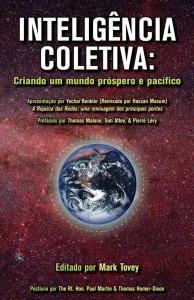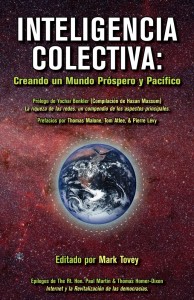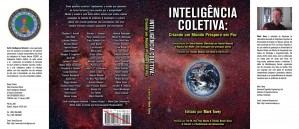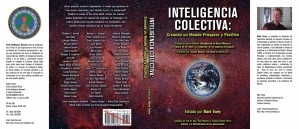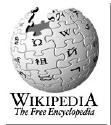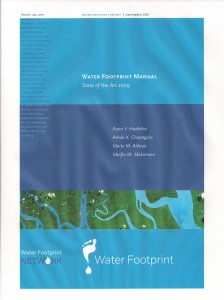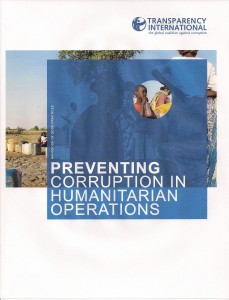
Based on five years of investigation in the aftermath of the 2004 tsunami. The bottom line from our point of view is three-fold:
1. All money collected for an ostensible campaign must be “tagged” and audited and pooled so that the US military among others can draw down on the common fund and cover all costs associated with US military mobilization and continuing Stabilization & Reconstruction Operations.
2. We need a Stabilization & Reconstruction Intelligence Support Plan that includes Peace Jumpers and immediate air breathing wide area surveillance upon which to build a bottom-up needs assessment and Reverse TIPFID. Push the information perimeter all the way out to pre-loading approval contingent on having a big air docking space and small air or land or sea intermediate delivery channels.
3. We finally need to get serious about “preaceful preventive measures” as called for by General Al Gray, USMC, then Commandant of the Marine Corps, in his seminal article “Global Intelligence Challenges for the 1990's,” American Intelligence Journal (Winter 1989-1990). His staff assistant for that piece was Robert Steele. We need a Whole of Government and Multinational Engagement information sharing and sense-making hub and spoke network built around the US defense open source intelligence program. IOHO.
Explicatory Online Information:

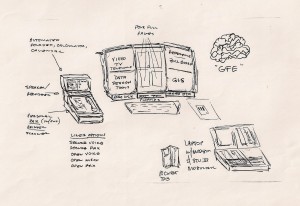 The software chapter in
The software chapter in